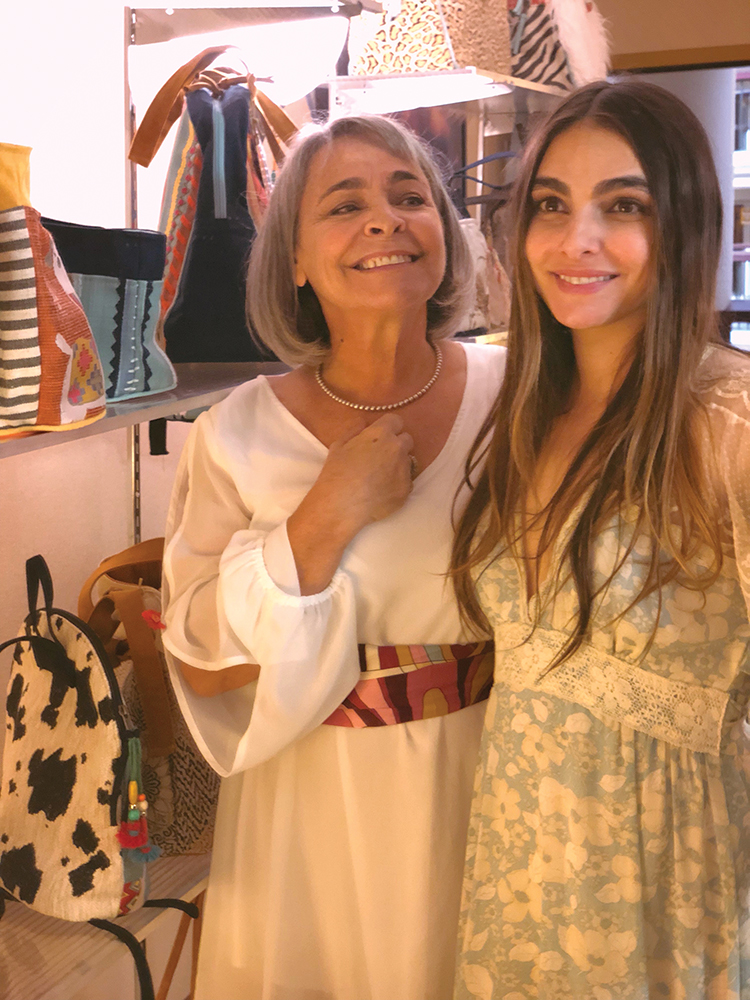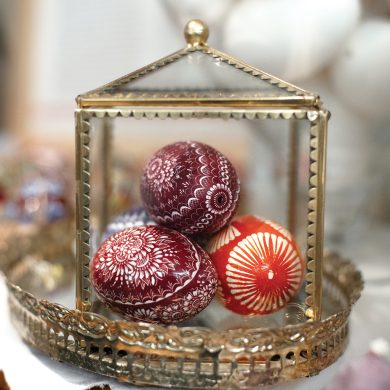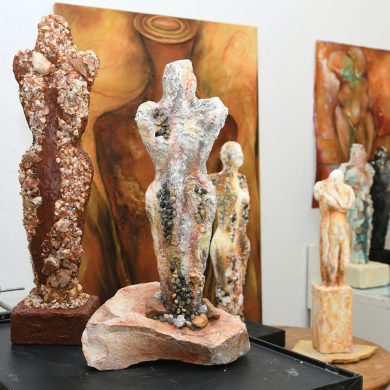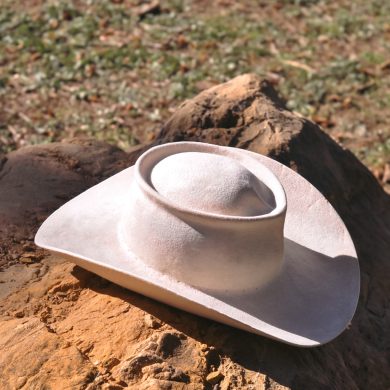Nina
You can say I was born into Atenti since my mother started the company when she was pregnant with me. Soon after I came into this world, so did Atenti Fashions.
My father worked in the film industry and often filmed in distant locations, which is how my parents met. My dad was directing a movie in my mother’s home country of Argentina, and my mom was his interpreter. With my dad gone a lot, new mom Andrea started designing and making bags with her friend and partner, Adriana Vilar. They worked out of our house at first, then set up a small workshop. As a kid, I saw firsthand how designs came about from the initial ideas and sketches through the assembling of elements into a finished piece, inspired by nature, colors, textures, contrasts and harmony.
It looks like you’re out of free articles.
Become a Women Create member to read this full article.
Already a member? Sign in
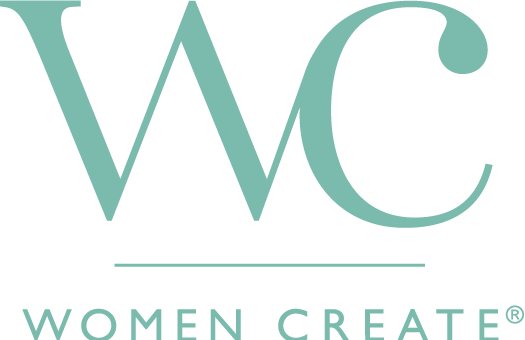
Monthly Membership
- Unlimited access to the Women Create website
- Monthly Maker Moments livestreams, members-only newsletters and more

Annual Memberships
- Unlimited access to the Women Create website
- Print and digital subscriptions of WHAT Women Create magazine, WHERE Women Create magazine, or both
- Monthly Maker Moments livestreams, members-only newsletters and more

